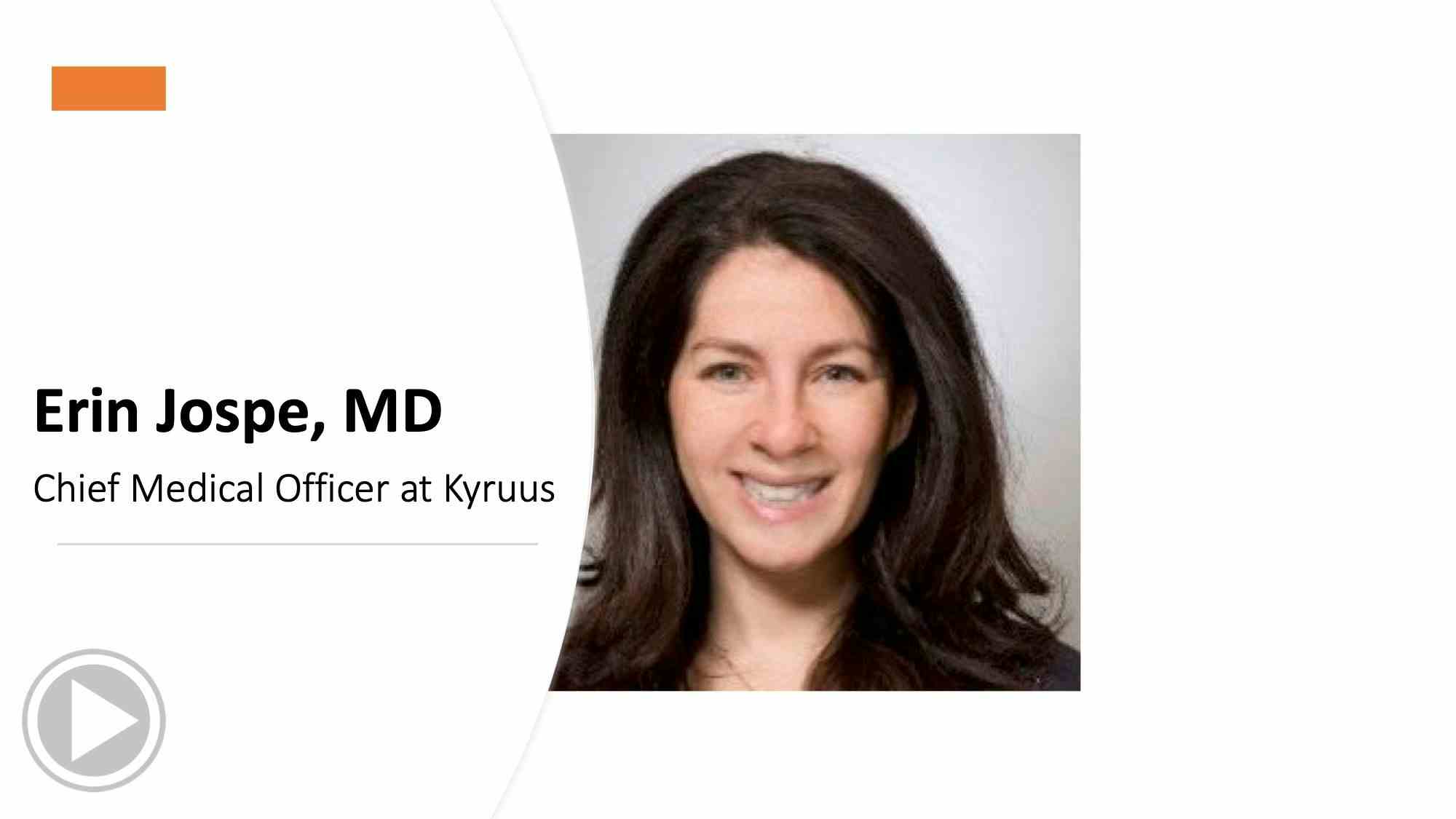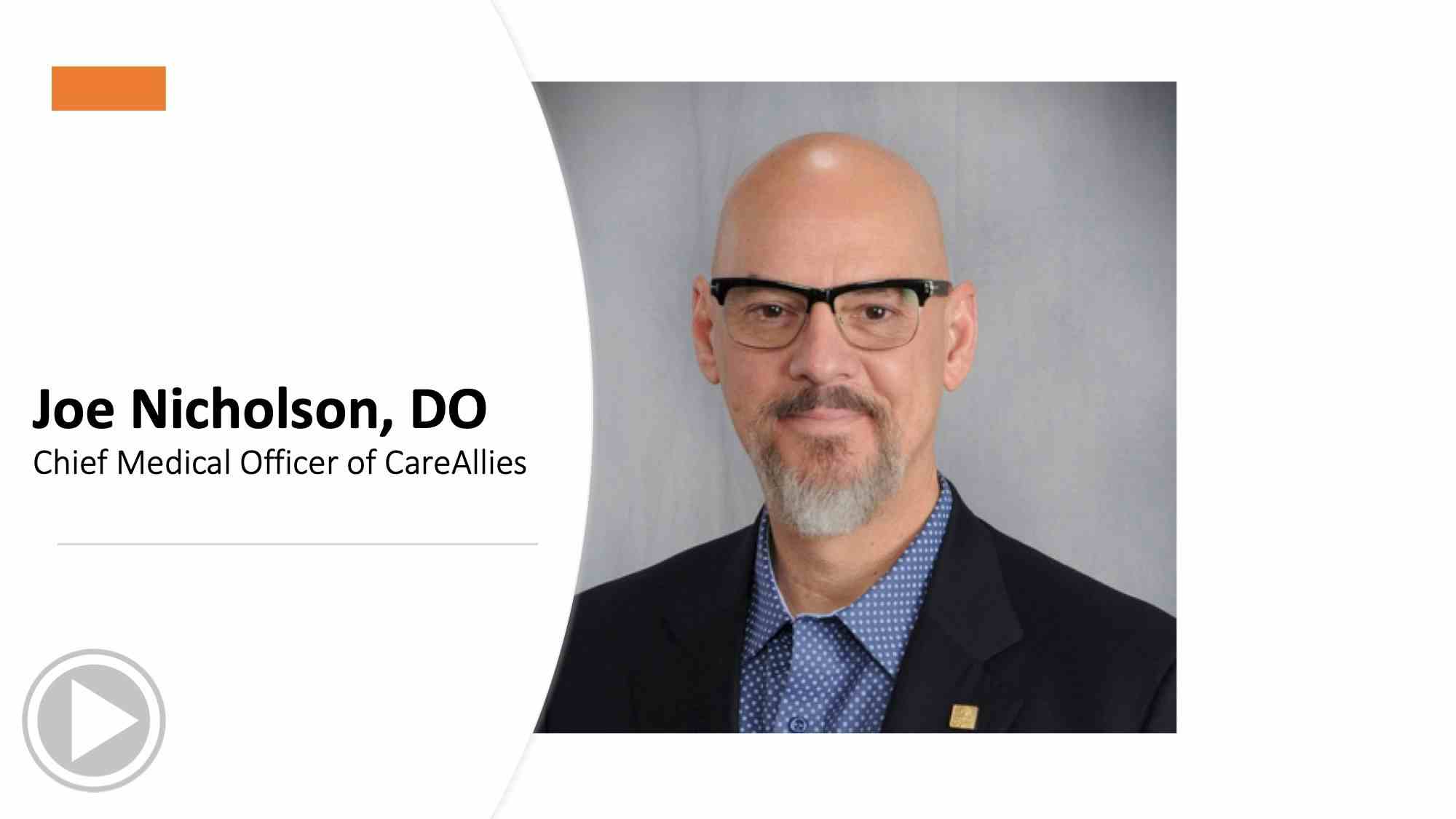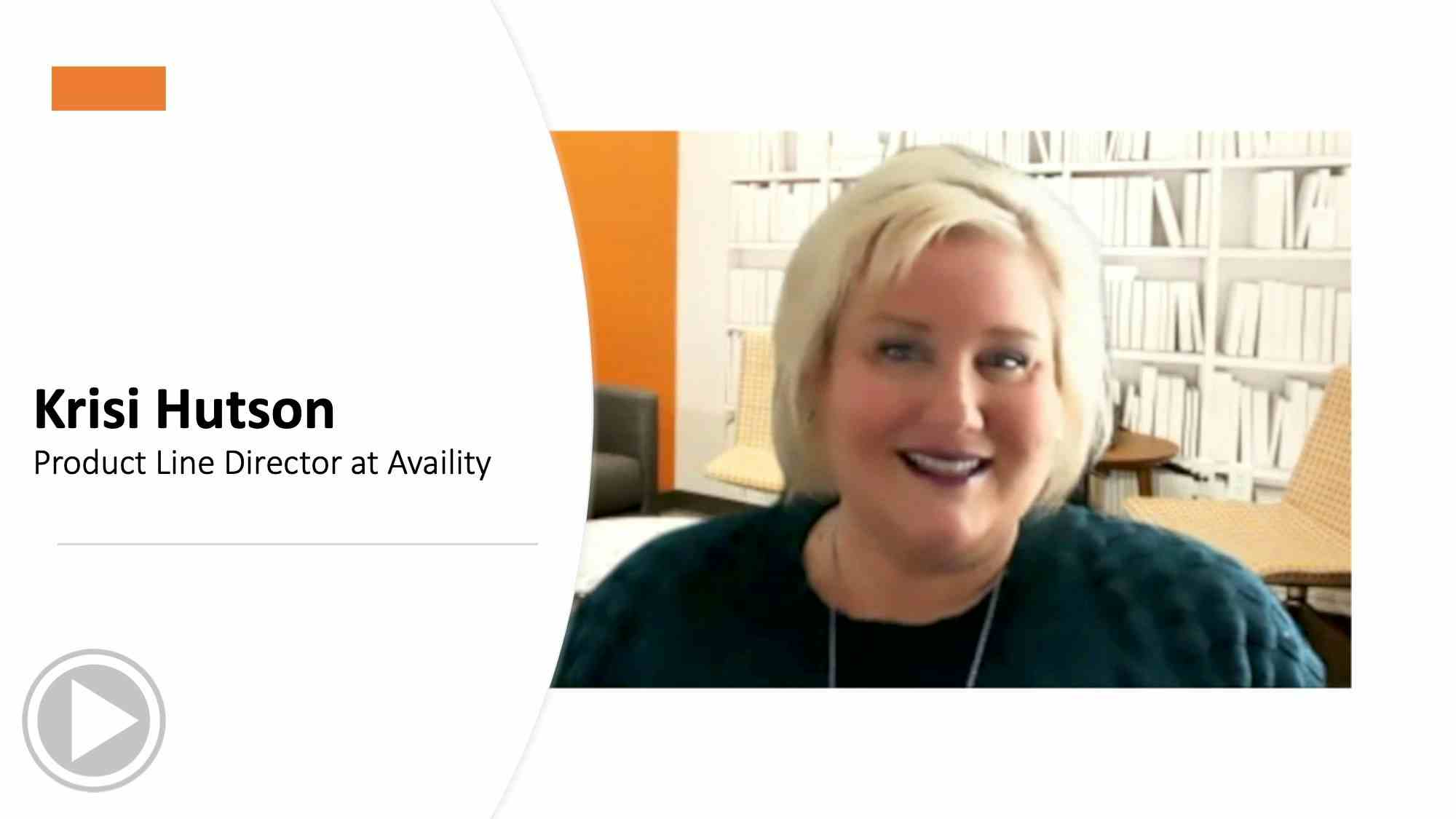Transitioning to a Direct Primary-Care Medical Practice
Why one physician opened a direct-pay primary-care practice and how he did it.
In 2013, family physician Bruce Jung found himself at a professional crossroads after leaving his position at a Corbin, Ky.-based community health center that he cofounded. He and his wife wanted to stay in the area to raise their six children but he was wary of navigating the complicated healthcare landscape as a solo practitioner.
"My wife heard about direct primary care (DPC) and we became fascinated with the concept," says Jung. "Being free from the hassles of working with insurers was very intriguing."
After doing some research and consulting with former colleagues, Jung embraced the DPC model and opened his solo practice, The Doc Shoppe, in January 2014. His patients have the option of paying a monthly membership fee in exchange for unlimited access to routine and preventive services, or enrolling on a fee-for-service basis. The practice does not work with any private or government insurers.
Opening the practice was a risky move that called for a sizable upfront investment and convincing potentially skeptical patients to try a nontraditional approach to managing and paying for their healthcare. More than a year later, Jung has yet to see a profit but remains convinced that he made the right move.
"I've never enjoyed practicing medicine or developing relationships with patients more than I do now," he says. "I feel like I am getting back to the heart of medicine with direct patient-to-physician interaction in terms of both healthcare and reimbursement."
HOW IT WORKS
Jung is a firm believer in price transparency, a concept that fits well with direct billing under the membership model. His website prominently displays the costs of various categories of membership as well as à la carte prices for office visits and lab services and a link to the complete price menu.
"I remember a patient in my prior practice asking me how much her visit would cost," he says. "I realized that I had no idea and even my CEO did not know how much this person would have to pay for [her] visit. It got me interested in looking at other models."
Under The Doc Shoppe's membership plan, patients pay a one-time $50 registration fee and sign up for automated bank transfers to cover their monthly payments. As members, they have unlimited access to primary and preventive care as well as routine lab services. Jung gives out his cell phone number and offers same-day and next-day appointments as well as virtual visits.
To cover catastrophic events, Jung recommends that patients supplement their membership with a high-deductible, low-premium insurance plan. Ideally, that plan would be attached to a federal Health Savings Account (HSA), which allows consumers to save pre-tax dollars to pay for qualifying medical expenses. However, under current IRS rules, joining a DPC practice disqualifies a patient from having an HSA paired with a high-deductible health plan. That's because it defines DPC plans as health insurance and HSA holders are prohibited from having a second health plan.
That may change soon, according to the lobbying group Direct Primary Care Coalition, which reports that seven states have passed legislation making DPC distinct from insurance products and several members of Congress have requested that the IRS reconsider its definition. The Washington Health Benefit Exchange, for example, offers consumers in the Seattle area the option of joining a DPC medical home combined with a qualified health plan.
With or without an HSA, Jung makes the case that combining a high-deductible insurance plan with membership is more cost-effective for patients than traditional insurance. Instead of putting off doctor visits to avoid paying out-of-pocket until their deductibles are met, members tend to take care of problems as they arise, potentially preventing more serious health problems down the road.
Visit bit.ly/price-comparison-chart to see the Doc Shoppe's health coverage comparisons.
In addition, patients may get higher quality care and more time with their clinicians than in a traditional practice, says Jung, because DPC eliminates the time and costs associated with working with third-party payers.
FINDING A MARKET NICHE
Jung's research on direct primary care yielded plenty of useful information about the basic membership model, but little on how it might work in a low-income community like Corbin. While most membership models he found were located in affluent or suburban areas, the median household income in Corbin was $31,746 in 2013, more than $10,000 below the state average, and more than $20,000 below the national average, according to the most recent U.S. Census data.
"The only other models in indigent communities that we looked at were Federally Qualified Health Centers and they depended on entitlement funds and grants that I didn't have access to," he says. "To make this model work here we knew we would have to alter the model a bit and keep costs down even more."
Jung wanted to help some of the same low-income and uninsured patients he had cared for in his previous position at Grace Community Health Center. He decided to target a niche in the market made up of patients who earned too much to qualify for insurance subsidies under the Affordable Care Act, but too little to afford private insurance premiums that covered most primary-care services.
"These patients are looking for a plan they can afford that would still cover their needs," he says. "It makes sense for them to combine a high-deductible plan with a membership with us."
FINANCIAL CHALLENGES
In order to make membership affordable for his target population, Jung keeps overhead costs down by renting a small office space and hiring only one other staff member - a highly qualified nurse practitioner. He also negotiates with lab facilities and other providers for volume discounts on services for his patients.
"We wanted to offer the lowest possible membership rate while including as many services as we can," he says. "For $50 per month they get unlimited access to our office as well as hundreds of lab tests at no additional cost because we've been able to negotiate wholesale prices down to the bare minimum."
In addition to labs, Jung has been able to lock down discount rates with providers of ancillary services, such as radiologists, for things like computerized tomography scans, magnetic resonance imaging, and colonoscopies.
Recently when a patient needed a foot X-ray, for example, Jung called two local hospitals and a diagnostic outpatient center and was quoted rates ranging from $100 to $600, often not including the radiologist reading. Thinking he could do better, he called on an orthopedist colleague who had an X-ray technician on staff.
"He said he would do this patient's X-ray for $45 and the patient could bring the films back to me to read," says Jung. "The patient ended up saving 12 to 15 times the cost of an X-ray at the hospital, which paid for a whole year's membership."
Other cost-saving measures included working with a local bank, rather than big credit card companies, to handle automated transfers of membership fees from patient accounts to the practice. The bank's $10 monthly rate and 5 cent transaction fee are much lower than most credit card rates.
Still, costs continue to outstrip revenue, says Jung. He has enrolled just over 240 members so far, out of 450 patients in total. His goal is to reach 600 patients to 700 patients per provider in order get out of the red.
"I was told by more experienced physicians that this process would take two years and cost from $50,000 to $200,000," he says. "It looks like we will be on the high end of that and definitely hit the $200,000 mark."
Janet Colwell is a Brooklyn, N.Y.-based freelance writer specializing in healthcare. With more than 20 years experience as a journalist, she writes frequently about clinical and practice management issues for several national health industry publications. She can be reached at editor@physicianspractice.com.
This article originally appeared in the May 2015 issue of Physicians Practice.
Cognitive Biases in Healthcare
September 27th 2021Physicians Practice® spoke with Dr. Nada Elbuluk, practicing dermatologist and director of clinical impact at VisualDx, about how cognitive biases present themselves in care strategies and how the industry can begin to work to overcome these biases.






